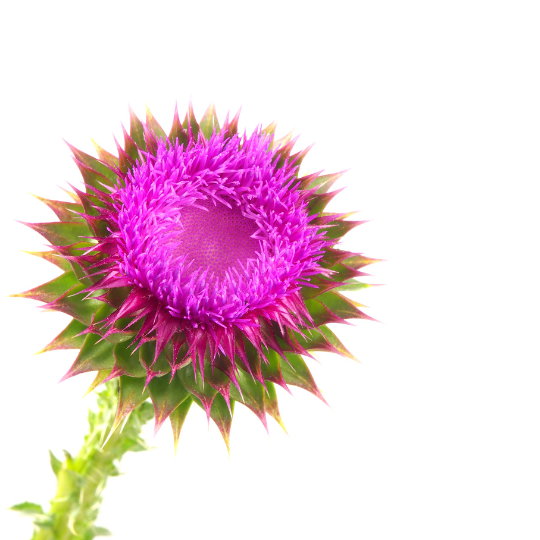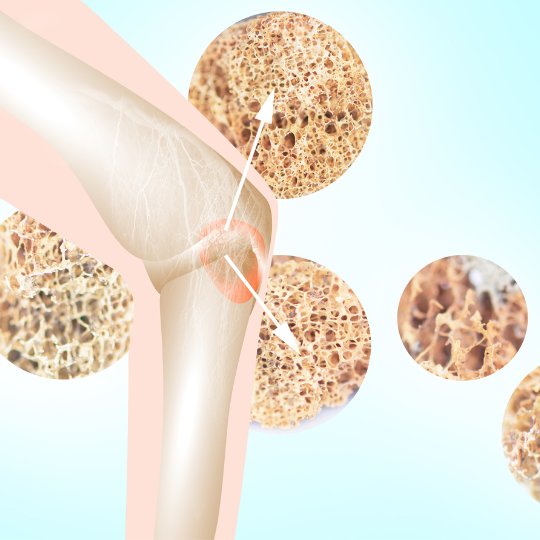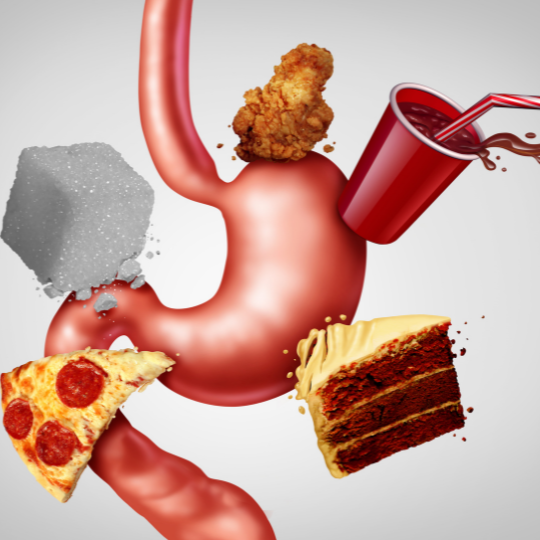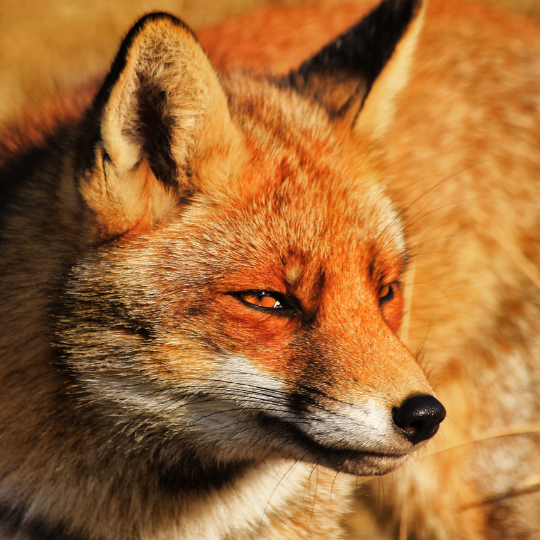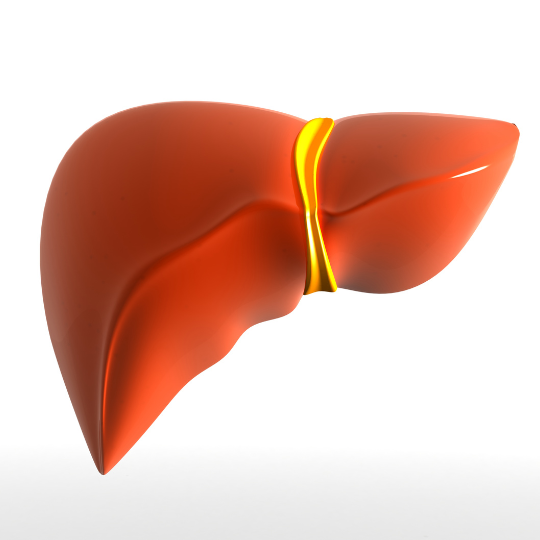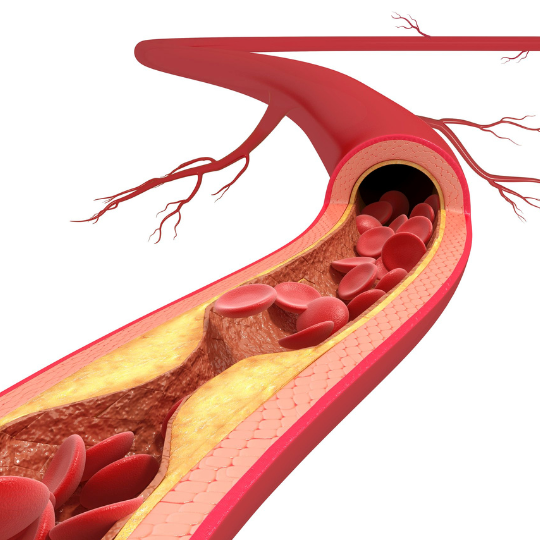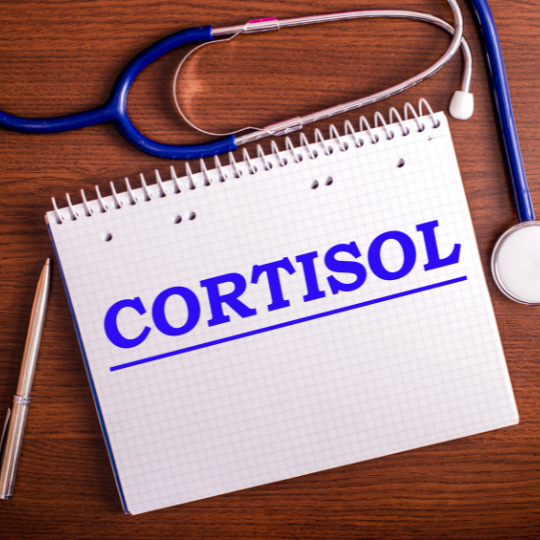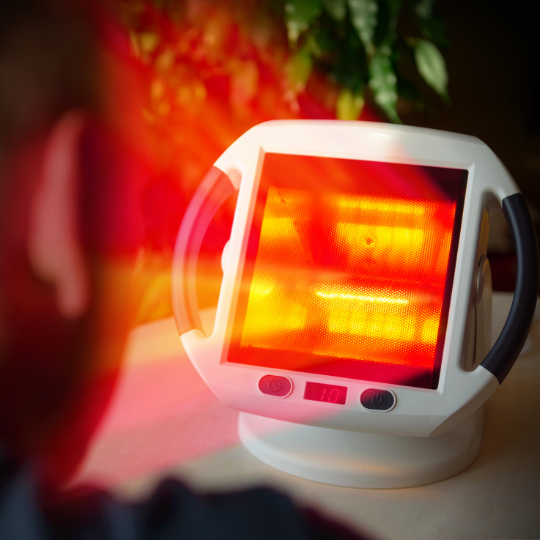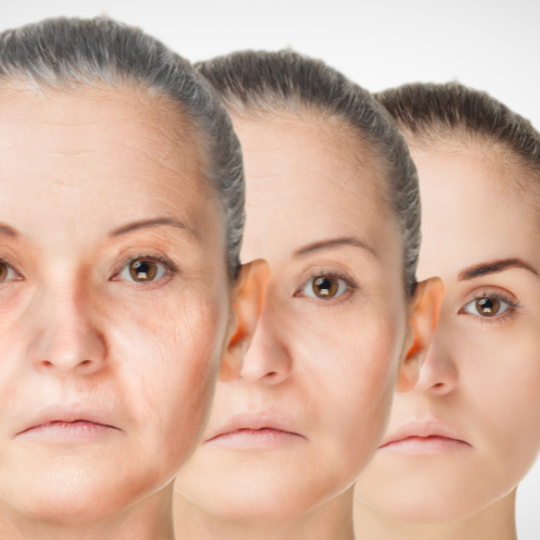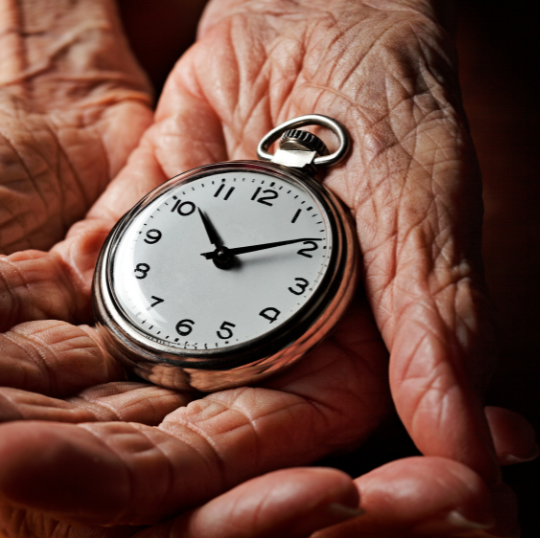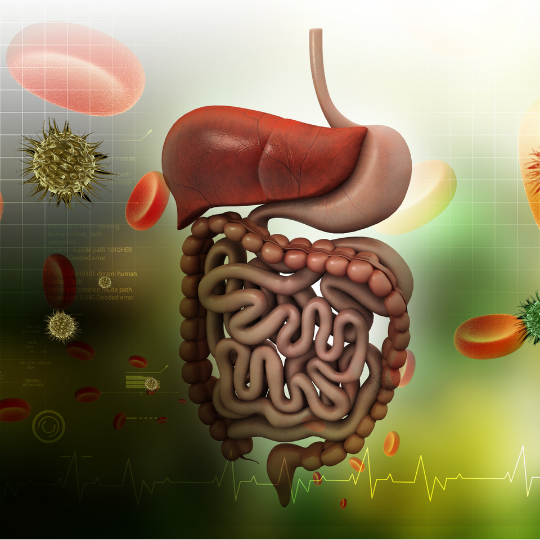
Anxiety is a common and normal emotion that everyone experiences at some point in their lives, even at festive times like Christmas. Ho, Ho, Ho. It’s a feeling of fear or apprehension about what’s to come. The word derives from the Latin substantive angor, which means constriction. The same Indo-European root has produced Angst in modern German. So far, so good. However, for some people, anxiety can be chronic and interfere with their daily lives, which is were the issue lies.
How to spot it?
Anxiety can be diagnosed by a healthcare professional through a combination of self-report, physical examination, and psychological evaluation. Self-observed symptoms, such as racing thoughts, difficulty sleeping, and avoidance of certain situations, as well as physical symptoms, such as a rapid heartbeat or sweating, are indicators of a potentially anxious state
What drives anxiety?
The amygdala, a small almond-shaped structure in the brain, plays a key role in the control of anxiety and fear. The amygdala is responsible for processing emotions and creating an appropriate physiological response. In people with anxiety disorders, the amygdala may be more reactive, leading to an exaggerated response to perceived threats.
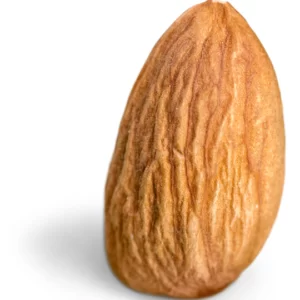
And whereas the fear and anxiety response is surely adaptive in potentially dangerous situations, having most likely contributed to the survival of our species, it is not always socially accurate. Responses to stress vary and they are actually helpful for learning and brain plasticity, as long as are kept in manageable parameters, as is the case of anxiety as a primal emotional driver for babies; if let lose however, they can be paralyzing, dysfunctional and even pathological.
Environmental stimuli, such as violence, living in a stressful or chaotic environment and even bullying, can program various nervous systems to err more on the fear and anxiety end. Understandably so. However, social factors, such as cannabis use, coffee consumption, and social isolation, can also contribute to anxiety and often synergistically add up to any combination of triggering environmental factors. What’s more, single nucleotide polymorphisms (SNPs) in genes such as the serotonin transporter (SERT) and the brain-derived neurotrophic factor (BDNF) have been linked to anxiety.
Tackling anxiety
There isn’t an easy fix for anxiety unfortunately. Nervous system wiring may be adaptable to changing circumstances though and those include a combination of behavioral approaches, such as breathing techniques and meditation. These shift the nervous system into a more ‘rest & digest’ parasympathetic state. Exposure therapy coupled with positively perceived outcomes, as well as acute bouts of stress via other behavioral choices, such as cold exposure or exercise, may also help. Despite the momentary stress increase, the post stress-exposure effect is one of less anxiety, just as heart rates of athletes are more depressed at rest, especially because they are highly elevated while training.

There are also several supplements that have been shown to be helpful for anxiety:
- ashwagandha, a herb native to India, has been shown to reduce anxiety and improve stress tolerance
- myo-inositol, a compound found in plants and animals, has been shown to be effective for anxiety and mood disorders
- and finally, kavalactones, compounds found in the kava plant, have also been shown to be effective.
